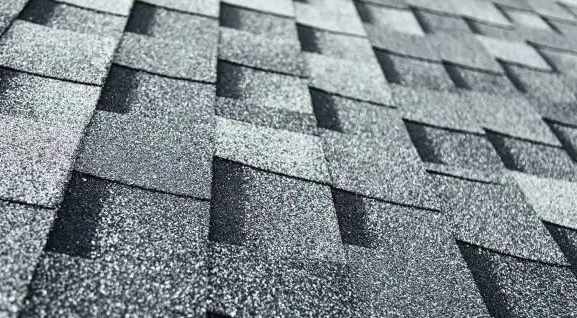


Shingle roofs are a ubiquitous sight in neighborhoods across the world. They protect homes from the elements and add aesthetic appeal to the architectural landscape. But what makes shingle roofs tick? To ensure the longevity and performance of your roof, consider the right materials, competent roofing contractors, and maintenance practices. The science behind shingle roofs is a fascinating blend of materials science, engineering, and environmental factors, all of which contribute to their longevity and performance.
Asphalt shingles are the most widely used roofing material in North America, and for good reason. They are affordable, easy to install, and come in a wide range of colors and styles. These shingles typically consist of a fiberglass or organic mat coated with asphalt and mineral granules. The asphalt provides water resistance and durability, while the granules protect against UV radiation.
Wood shingles, often made from cedar or redwood, offer a unique aesthetic charm. They are a more environmentally friendly option compared to asphalt shingles. The key to their longevity is proper maintenance, as wood is susceptible to rot and insect damage. Regular inspections and treatments can extend the life of wood shingle roofs.
Metal shingles are known for their durability and longevity. They are often made from materials like steel, aluminum, or copper. Metal shingle roofs can last 50 years or more and are highly resistant to fire, rot, and pests. Their ability to reflect sunlight and resist heat absorption makes them energy-efficient as well.
Slate shingles are the crème de la crème of roofing materials. Quarried from natural slate rock, these shingles can last a century or more. They are highly resistant to fire, rot, and pests and have a timeless, elegant appearance. However, their weight and cost can be limiting factors.
Environmental factors play a significant role in the longevity of shingle roofs. Exposure to the sun's ultraviolet (UV) radiation can cause shingles to degrade over time, leading to cracks and loss of granules. Extreme temperature variations, wind, and heavy rain or snow can also take a toll on shingle roofs. Climate and local weather patterns are essential considerations when choosing the right shingle material and design.
Proper maintenance is the key to ensuring the longevity of a shingle roof. Regular inspections can detect issues like damaged or missing shingles, rust on metal roofs, or mold growth. Prompt repairs can prevent minor problems from becoming major ones. Cleaning gutters, trimming overhanging branches, and removing debris from the roof are essential practices to prevent water damage.
Conclusion
The choice of shingle material, proper installation, and ongoing maintenance all contribute to the longevity and performance of a roof. Understanding the science behind shingle roofs empowers homeowners to make informed decisions about their roof's materials and design, ensuring it can protect their homes for years to come.
Schedule an appointment with us at 366 Grand Street Williamsburg, NY 11211 (718) 690-7084 https://www.williamsburgroofingny.com/
